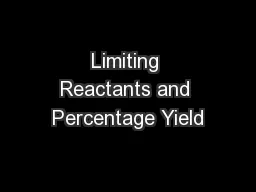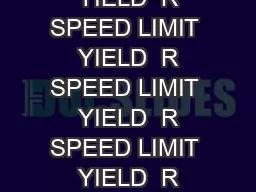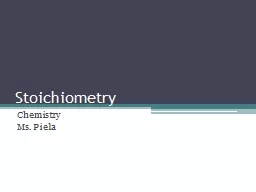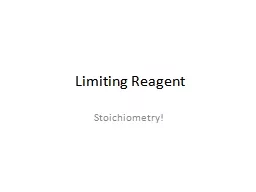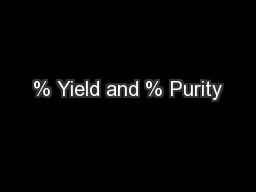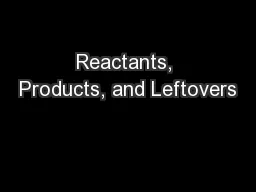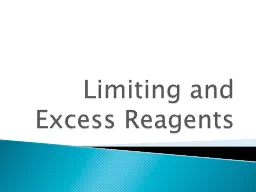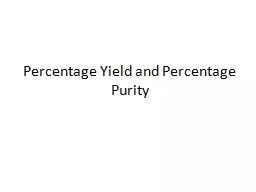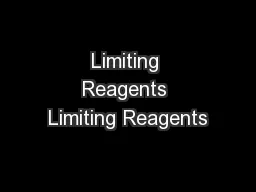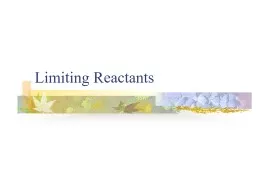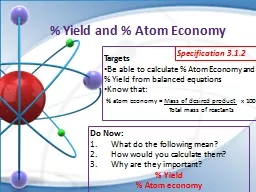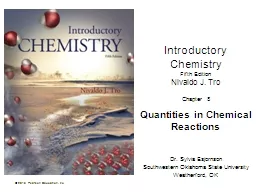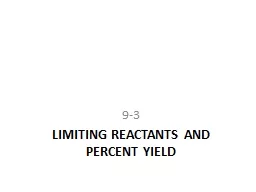PPT-Limiting Reactants and Percentage Yield
Author : giovanna-bartolotta | Published Date : 2017-05-15
vocab Limiting reactant the one that runs out first limits the amount of product that can be made Excess the one with reactant leftovers not used up completely What
Presentation Embed Code
Download Presentation
Download Presentation The PPT/PDF document "Limiting Reactants and Percentage Yield" is the property of its rightful owner. Permission is granted to download and print the materials on this website for personal, non-commercial use only, and to display it on your personal computer provided you do not modify the materials and that you retain all copyright notices contained in the materials. By downloading content from our website, you accept the terms of this agreement.
Limiting Reactants and Percentage Yield: Transcript
Download Rules Of Document
"Limiting Reactants and Percentage Yield"The content belongs to its owner. You may download and print it for personal use, without modification, and keep all copyright notices. By downloading, you agree to these terms.
Related Documents

